Meze Rai Solo: dark but detailed...
- inToit Reviews
- Jun 22, 2020
- 5 min read
Updated: Nov 28, 2020
Hey guys,
It’s your Friendly Neighborhood Reviewer with InToit Reviews. Welcome back to the Neighborhood!
Meze is a company that’s known for a house sound that’s thick, lush, and inviting… are the Meze Rai Solo’s any different?
Let’s, get InToit…

So, this IEM has been kind of flying under the radar in my opinion. And I think the reason for this is that most people do not understand it. In an IEM world where Chi-Fi is dominating a large proportion of the IEM market at this time, the Meze Rai Solo takes an entirely different approach to this IEM; including its tuning. It’s almost the Anti-ChiFi IEM.

What do I mean? Well, the Harman curve has become a tuning trend that began in 2019 and has continued into 2020, and when Harman has not been utilized, it seems like companies have tended to place their focus on a boosted upper mid-ranges and treble dominated schemes- intending to produce the illusion of clarity and detail for the masses.
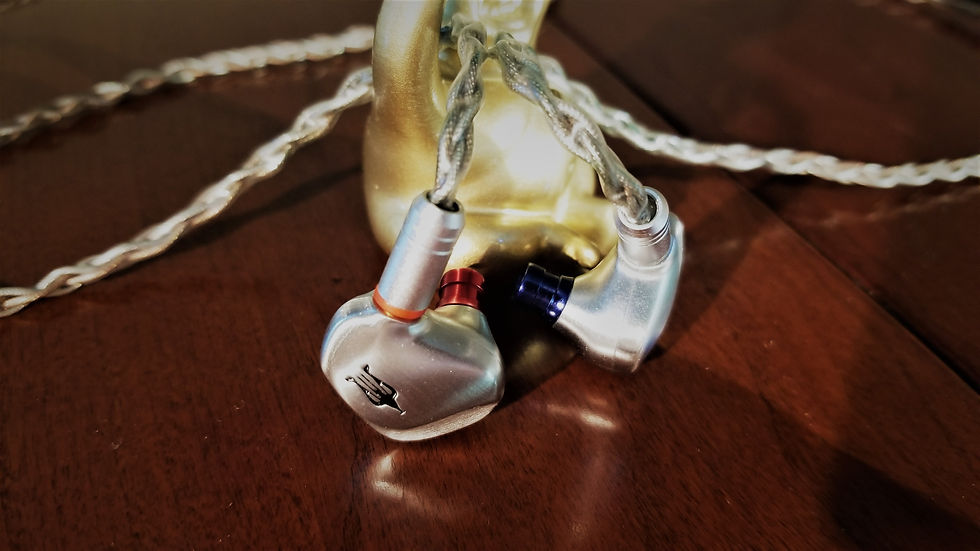
Alternatively, what Meze has done here with the Rai Solo is uniquely different. They have manufactured an IEM with a hardy build, a unique driver, and a dark, but detailed, tuning.
The shell is constructed hand brushed stainless steel with color-coded machined nozzles, and impressed with the Meze logo in black on the side. The connect originates at the shell in an MMCX connector, and the stock cable terminates in right-angled, 3.5 mm connector. The stock cable is 1.3 meters in length and comprised of silver-plated copper.

While I liked the cable in principle, the ears were comprised of plastic-wrapped memory wire, which was uncomfortable and caused numerous fit issues for me. I would recommend a replacement cable from an outside company here, at least until Meze ditches the memory wire. I used a Tripowin balanced MMXC cable in the majority of my testing, and noted no sonic differences between that the sounds of the stock.

I also had fit difficulties with the included tips. For some reason, some varieties only came in small and medium (labeled medium and large on their website, but there’s no way), and I needed a large(r) tip to get a seal in my ear canals. I will note that generally large tips are too big for me, and in most cases I wear Medium sizes with few exceptions. Having said that, tips were also composed of a rather thin rubber, and they had difficulty sustaining the weight of the IEM itself in my ears. Additionally, the sound profile with the stock tips simply reduced the treble presentation too much for my liking.
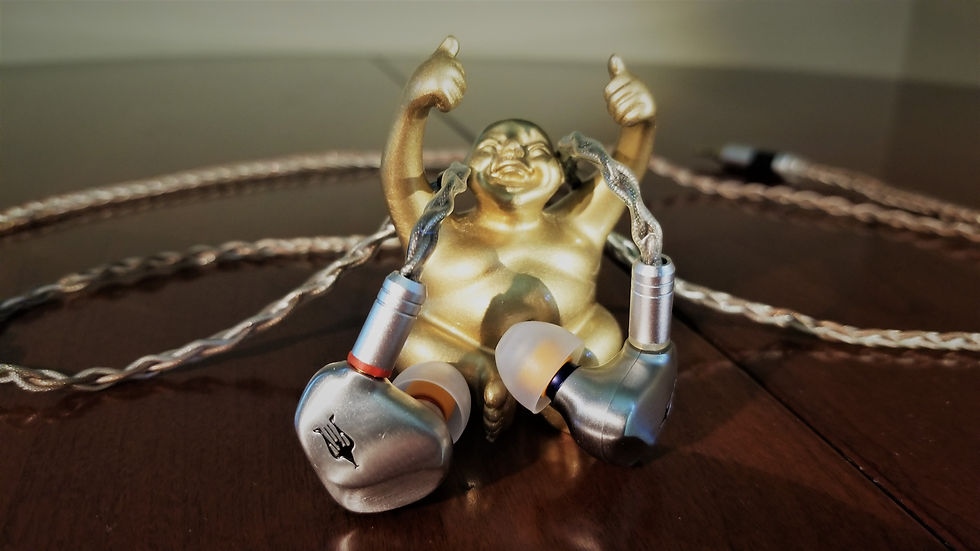
My tips of preference for this IEM were SpinFit CP145 and Final Audio Type E, as they held the IEM up in my ear sufficiently and raised the treble to more normative levels. There was still significant treble roll off, as well talk about later, but the treble was ultimately more pleasing and special with these tips. Additionally, the Solos isolated superbly well with these tips and blocked out much of the outside noise.
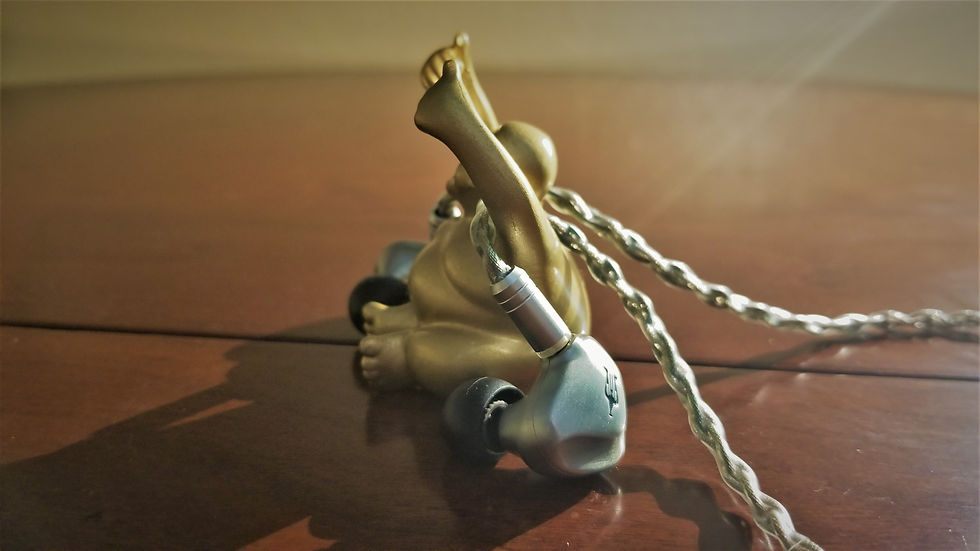
Last, but not least before we get further into the sound, we should talk about the electrodynamic diaphragm that Meze has chosen to use as the single driver. They call it a wire-free Unified Pistonic Motion Technology Exclusive Driver, where the membrane itself is electronically conductive- eliminating the need for wires, which would otherwise impede the uniformity of the driver’s motion. They claim that use of this driver benefits the listener in terms of lowered harmonic distortion, enhanced mid-range performance, and improved reproduction of the lower frequencies.

So, does Meze deliver on these sonic promises? Overall Timbre is warm and somewhat dry- separating itself from the luscious tones of other Meze products somewhat in my opinion.
Soundstage isn’t particularly wide, but it is wider than average, with peripheral details being wider than those within the main stage. Strengths of this IEM include its detail, clarity, peripherals, general imaging, and transients. Vocals hang in the air with a slight sizzle, and possess an ethereal or ghostly quality.

The Meze Rai Solo is altogether an easy listening earphone that I can listen to for hours on end without any fatigue. It is never harsh, sharp, or sibilant. The treble is relaxed, and intentionally lacks extension in certain segments of the frequency response. It is traditionally dark, without its darkness bleeding into other regions of the sound. Having said that, the treble does have a mild sheen to it, but its extension past 14K gives them a decent airy quality as well, despite their reduced treble.

While there is a gentle dip in the lower mids, things begin to climb around 1K, and boy, do they pick up energy; escalating from the mids into the presence region. But, things begin to roll after that. In other words, I’d say that this is an upper-mids-forward set that places an emphasis on clarity, sparkle, and detail from this region without pushing the boundary too far. Guitars, for example, never sound bright or shrill, and instead are well rounded, thick, and chug when that is called for on the track.

In contrast, the bass on the Rai Solo is complimentary, somewhat subtle, and sophisticated. Like a great bass player, it blends-in, without overtaking the track. Although the bass takes a backseat to the rest of the mix on this set, it is multi-layered, thick, and richly textured. There is an obvious, mild mid-bass hump, from which most of the impact is derived.
The sub-bass is more in the background compared to the other bass frequencies, but luxuriously revealed with just “enough” presence. Because of this, there is a softness to the bass, but it also has a girthy demeanor, a gritty tone, and guttural quality to the presentation at times as well. There is a slight bloom from the bass into the lower mids, but this is executed quite nicely and adds tonality, rather than causing any sort of problem. It envelops and diffusely warms over the mids without replacing or overtaking them.
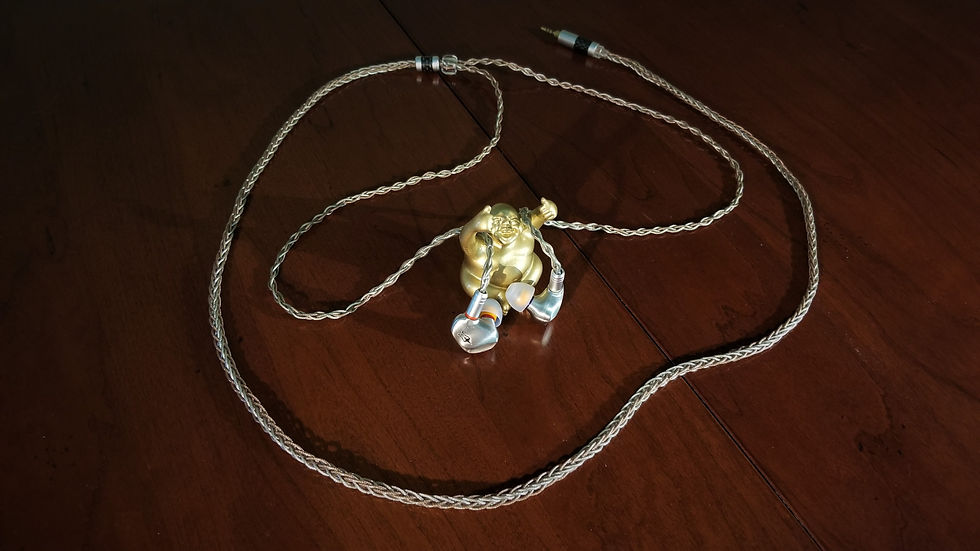
Overall, these are more of a HiFi interpretation of the music more so than an accurate depiction of it. But, they certainly are enjoyable. Taking their tonal cues from guitar fuzz boxes rather than tube screamers or other overdrive pedals. These offer an alternative, unique tuning from what is popular in the market right now, and could even be seen as the Anti-ChiFi IEM. They are warm, but dry, dark but detailed. Albeit somewhat delicate and low-key, the Meze Rai Solo is also plenty resolving. They are mysterious ear pornography-offering up eargasms to your eardrums. They are gritty, soft, and sensual, like the smoke in the air of Jazz Club, and the tones that pour out from within it.
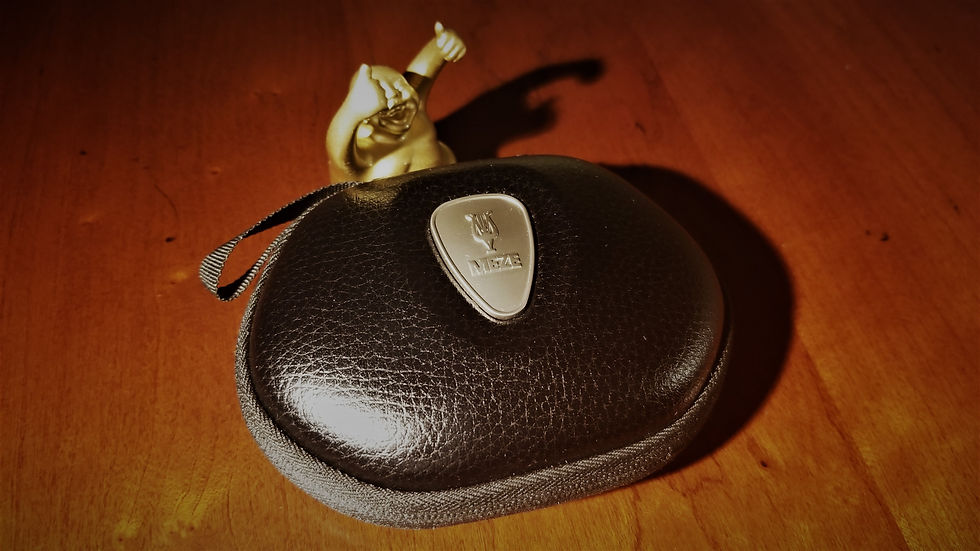
Thanks to a member of The Neighborhood for sending in the Meze Rai Solo for review. Make sure to subscribe, and follow The InToit Reviews’ Neighborhood at its various access locations below. And with that, I’m out for now.
InToit Reviews YouTube: https://www.youtube.com/channel/UCDhV3KByLSY2roqZ2aQ0XKg
InToit Reviews Patreon: https://www.patreon.com/intoitreviews
InToit Reviews Twitter: https://twitter.com/IntoitReviews
InToit Reviews Instagram: https://www.instagram.com/intoitreviews/



So are you going to buy the Rai Solo for yourself?